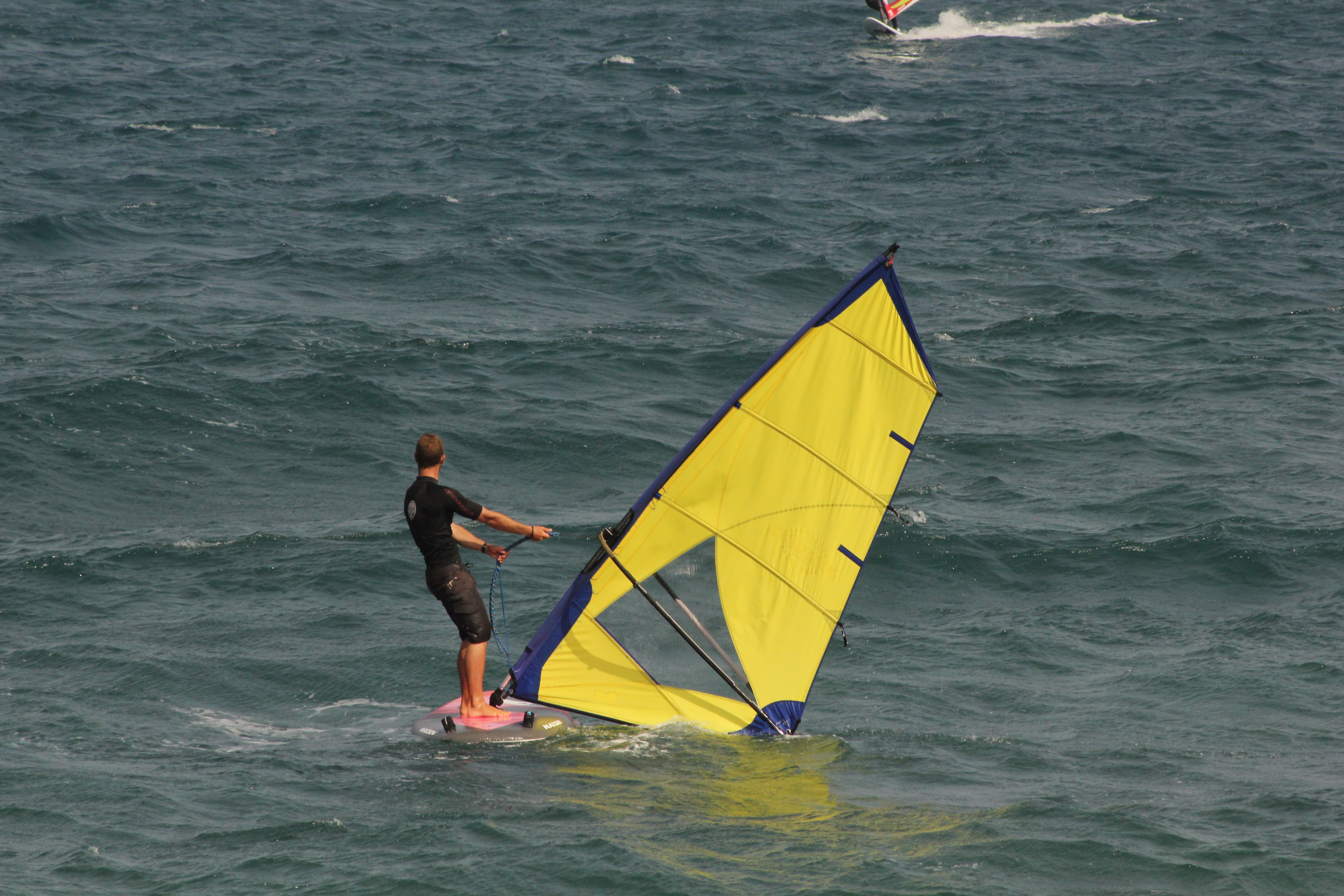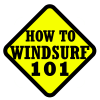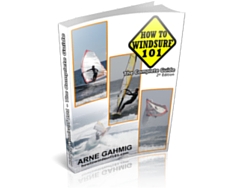
How to Windsurf – How to Start Windsurfing
| Disclaimer: I believe I should strongly advise you to get an instructor to teach you how to windsurf. Especially if it’s going to be your first attempt ever at windsurfing. Windsurfing is a very technical sport and you can make a lot of mistakes and go through a lot of frustration if you try to learn on your own or strain a friendship if you accept having a friend teach you. All the material I give away is intended mainly to serve as a refresh so you can correct any bad habits that might have sneaked in throughout the unsupervised sessions and hindering your progress. |
|---|
Safety
Windsurfing is a sport that is done in a potentially hostile environment. This means that before we hit the water it is important that we must take the time to ensure that we will be getting back to shore. There are many thorough articles on safety out there and I will write one myself shortly. For now keep in mind these checklist items:
- Check your windsurf gear to make sure it isn’t faulty and breaks while on the water
- Avoid windsurfing in offshore winds (if you do, keep close to the shore, if possible where you can still stand)
- Don’t go windsurfing alone. If there are others on the water they can get help if need be
- Wear clothing that will keep you warm if you need to swim for at least an hour
Check out the safety recommendations at learntowindsurf.com or check out my post on safety in windsurfing for more info.
How to Windsurf
Now to the actual learning how to windsurf:
Before we start, we must first determine the direction of the wind and adjust the board and sail position accordingly. The board and sail will be put into the T-position. This means that the board will be set out 90º to the wind, and the sail 90º to the board pointing downwind.
Now with one foot on either side of the mast-foot we grab the up-haul and making sure we stand up straight start pulling up the sail. Why the back straight? The sail can be anywhere from 2.5 to 6m2 big, maybe even bigger. All that surface is filled with water which makes it very heavy. Trying to lift this through our back instead of the legs can and will hurt your back. Pressing up with your legs is a simple way to avoid pulling a muscle or doing other serious damage to your back. This factor is usually something we forget about quickly, especially as we get tired. Try not to forget! The easiest way to pull out the sail is to stand up straight and to turn our shoulders and move up the up-haul line with our hands until the mast is in our reach with the next shoulder turn. (more…)





